30 Years of Maserati Shamal
Already since the early 1980s Maserati produced various different offshoots of the Biturbo model. Technical problems with the so far unusual turbo technology, rusting parts and bad production quality broke the brand’s reputation in the same way as owners who drove the vehicles in a rush over the highways and the Autobahn, but had no idea how to warm up or cool down the car and engine. In addition in the US a few of the first cars with catalytic converters burned down, as the catalyst was insufficiently thermally insulated. These problems were solved by Maserati within a few years, but the ruined reputation couldn’t be repaired that fast. Nevertheless, the brand tried and presented many model variants, for example the sedan 420, 422, 424 and 430 or the Spyder with Zagato bodywork. The latter received a shortened chassis between the axles by 11.4 centimeters, which was also used for the 1988 Karif and a year later for the top model of the series, the Shamal.
Just in time for the 75th anniversary of the brand, Maserati presented the Shamal at its headquarters in Modena at December, 14, 1989. First copies were delivered from the beginning of 1990. Its name derived from a desert wind from Mesopotamia. Compared to the normal Biturbo Coupé, it was more compact and sporty, but offered more space on the rear two emergency seats, which made it a real 2+2-seater compared to the Karif and the predecessor Merak. Apart from the doors, the Shamal didn’t use other body parts from the Biturbo model range. Instead, Marcello Gandini had drawn a racy coupé line, including the typical diagonal cut rear wheel arches, which can also be found at some Lamborghini models.
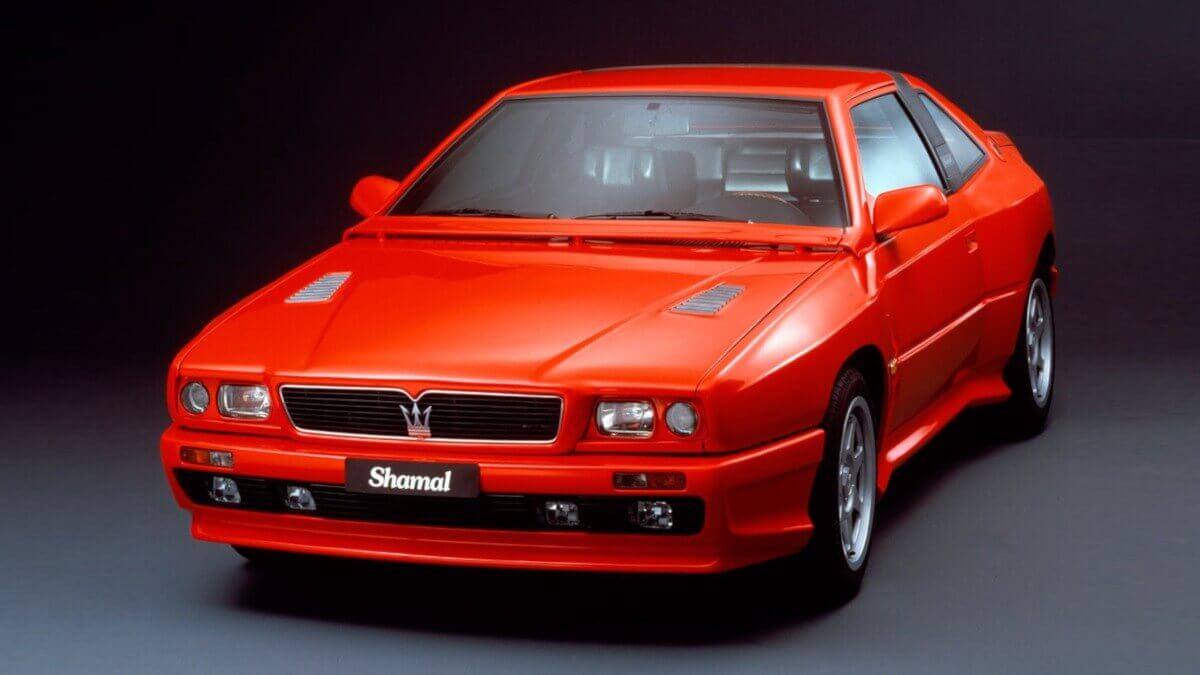











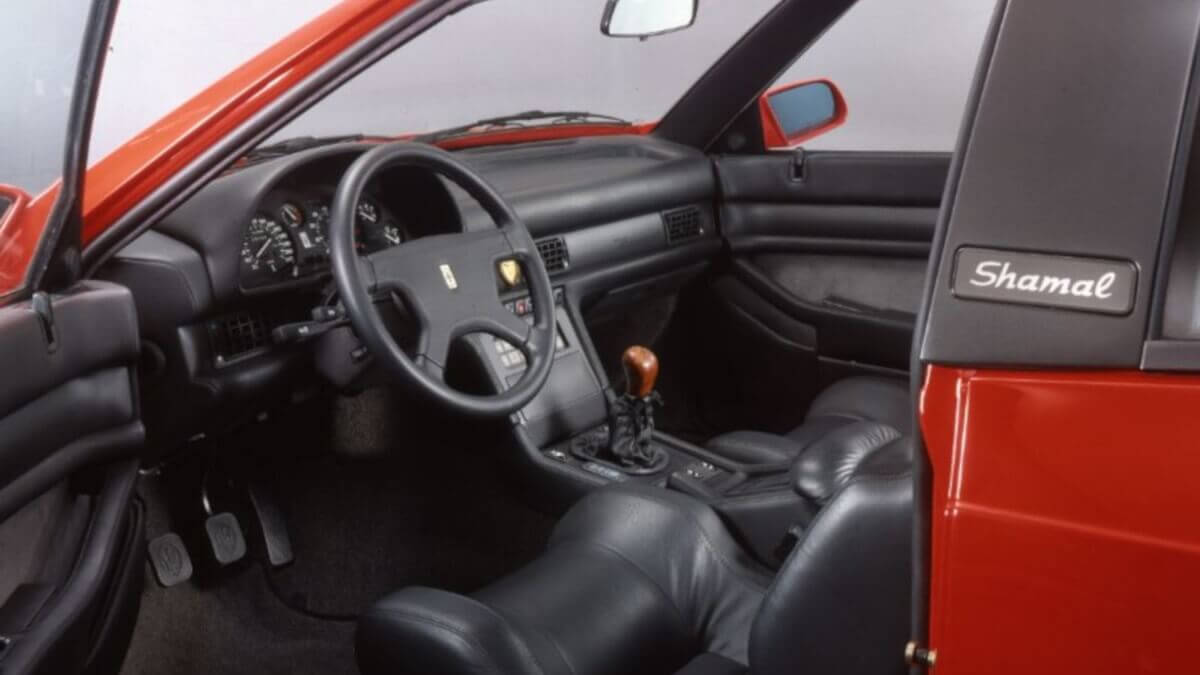



















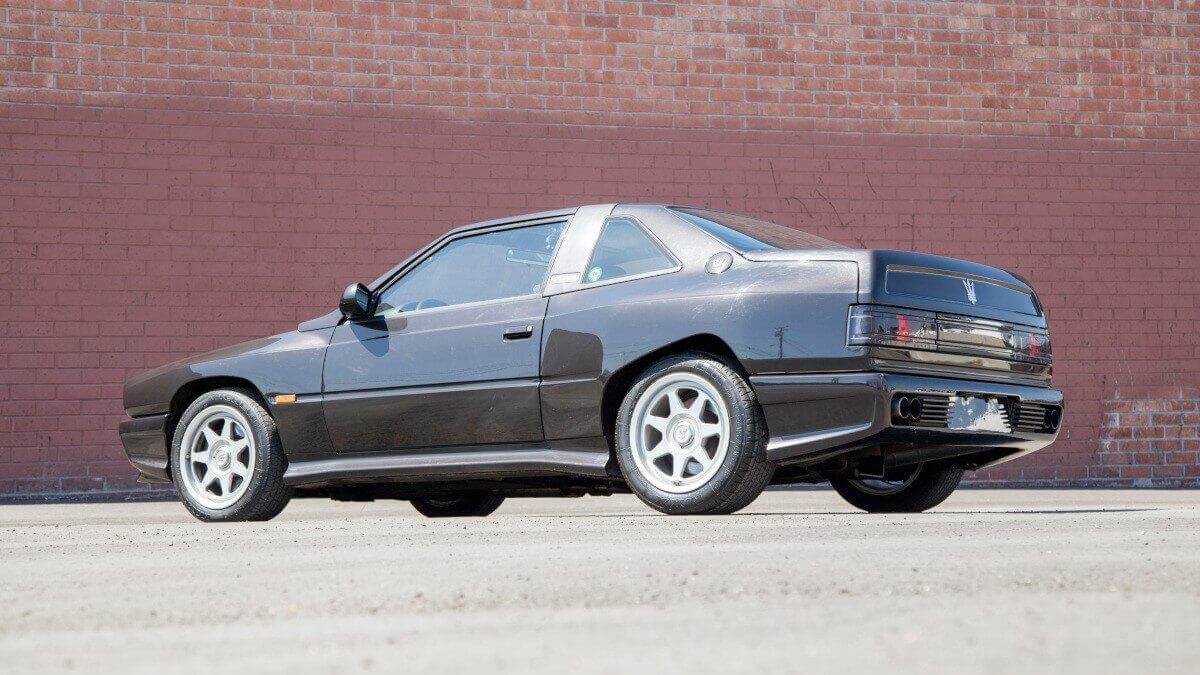



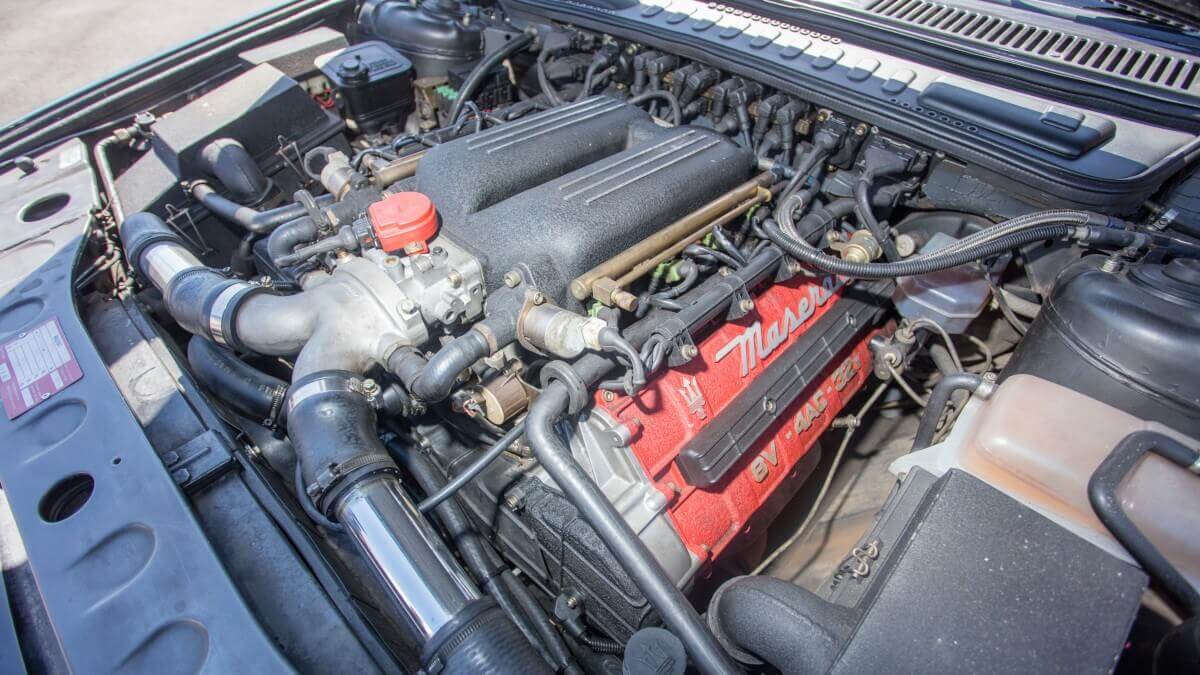















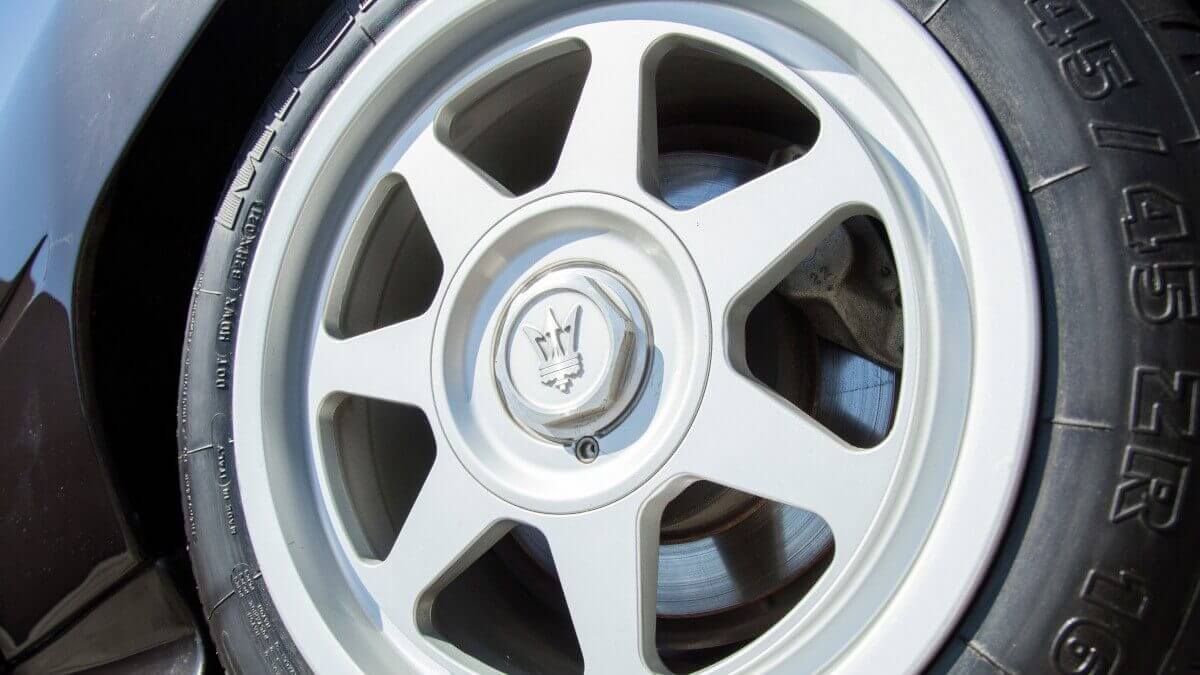







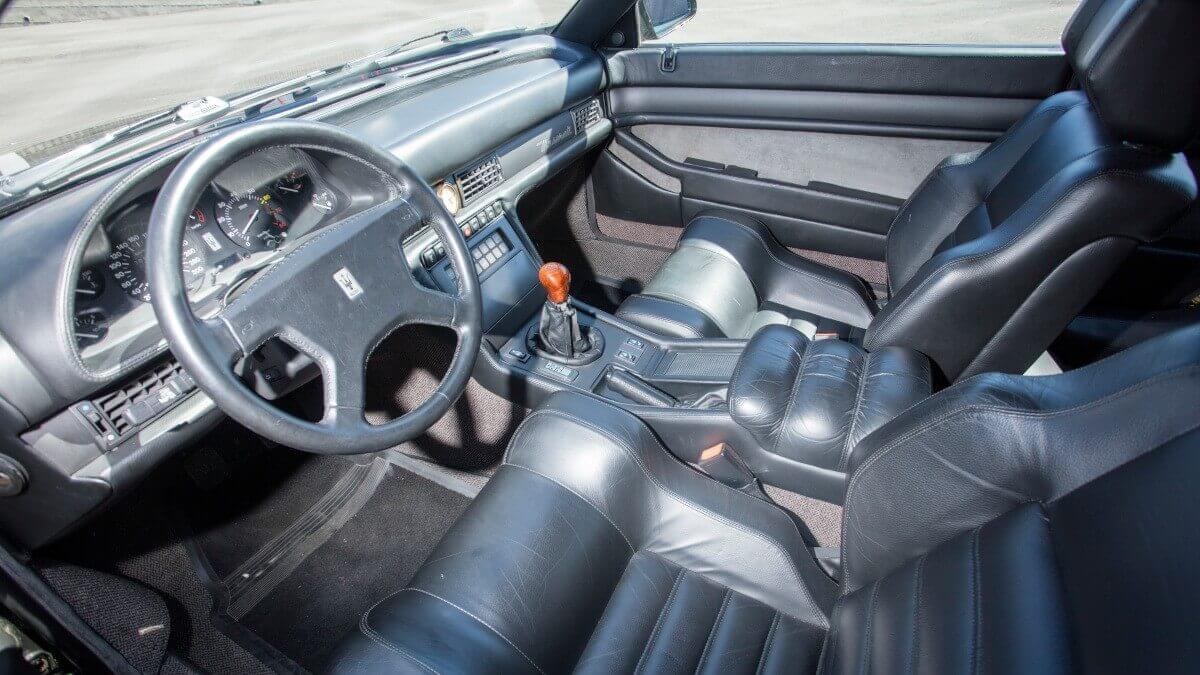



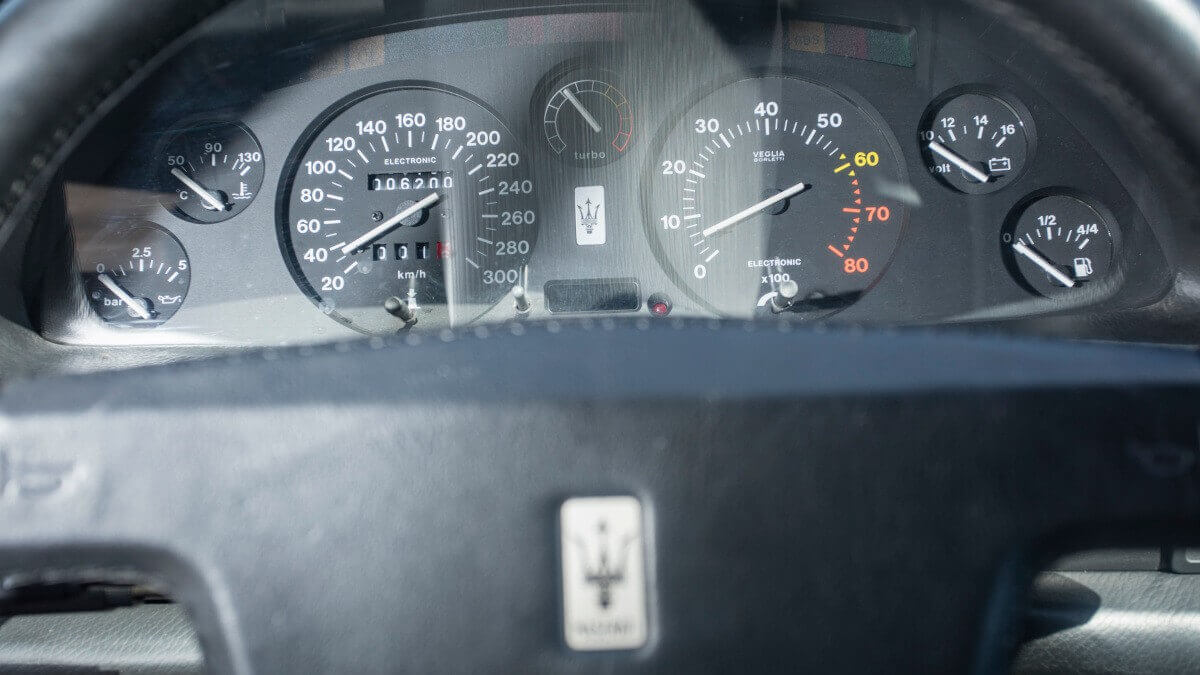







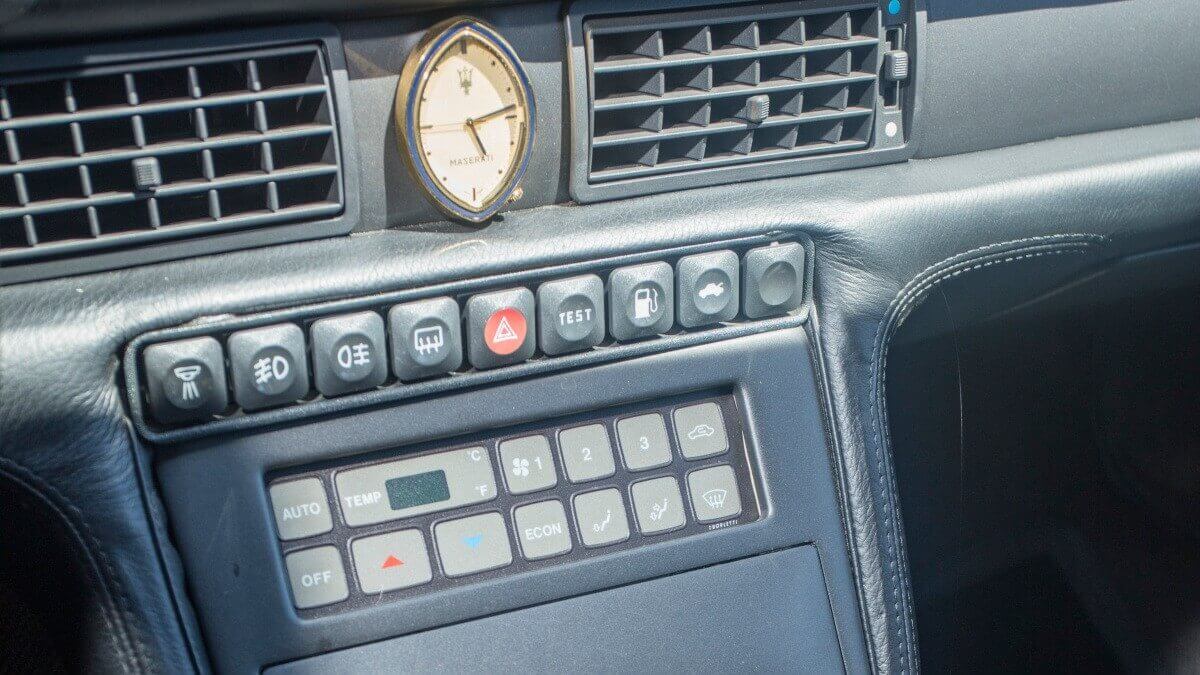



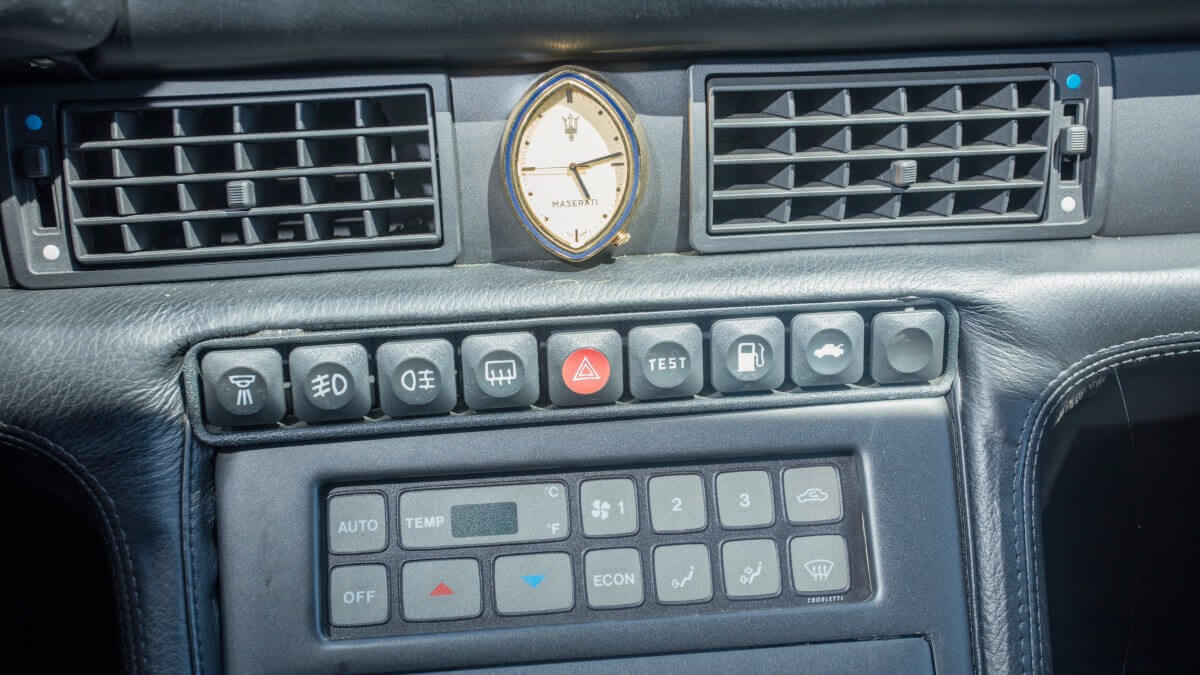



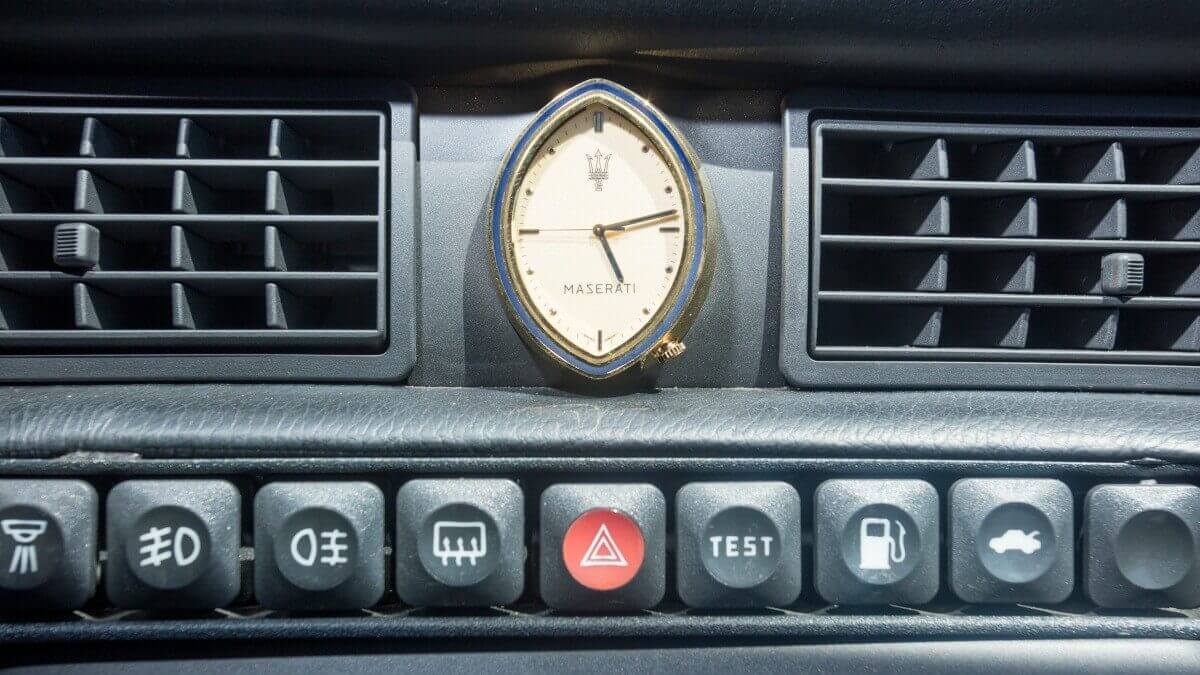



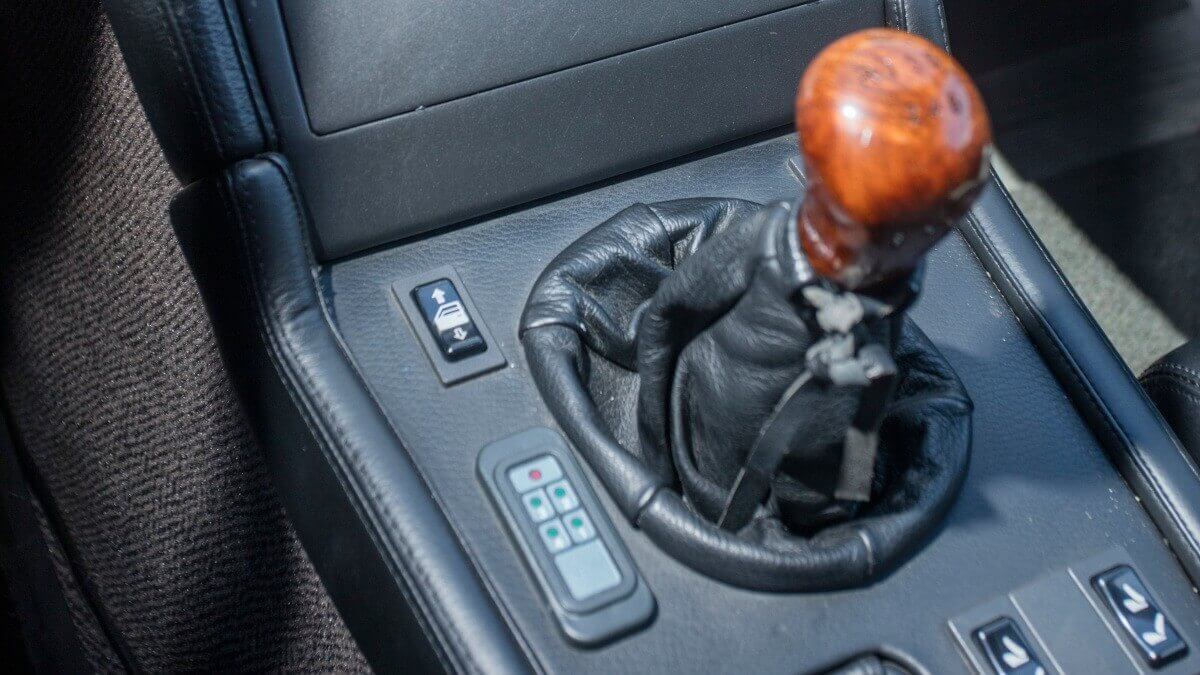



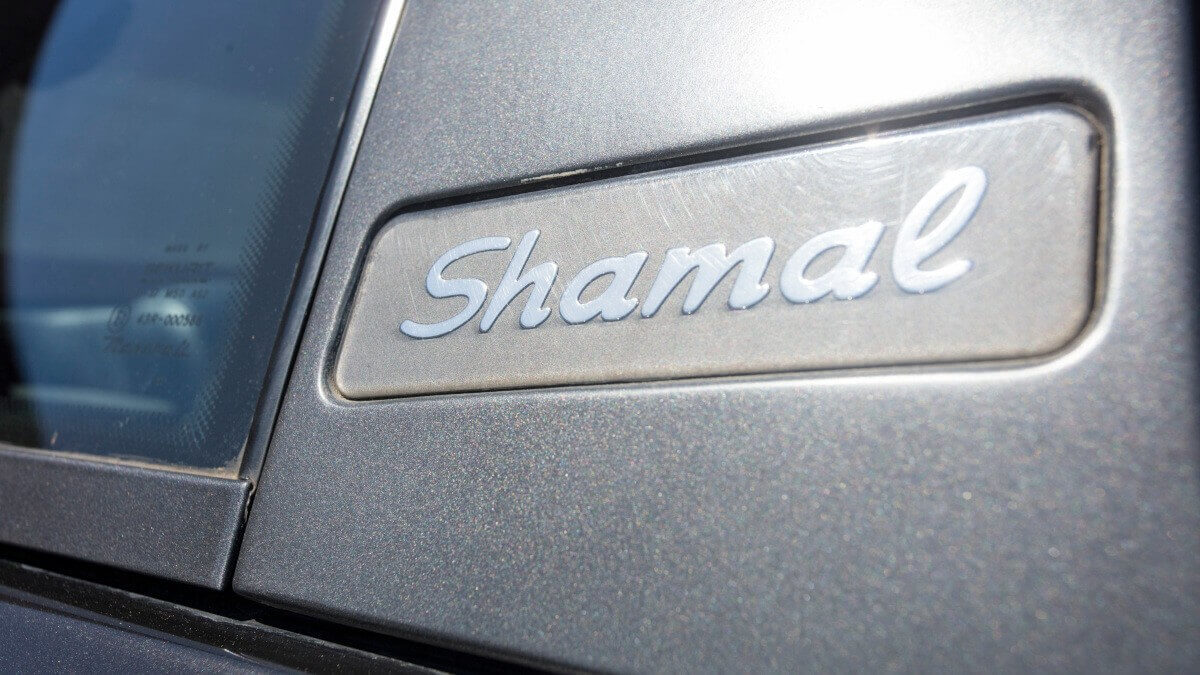







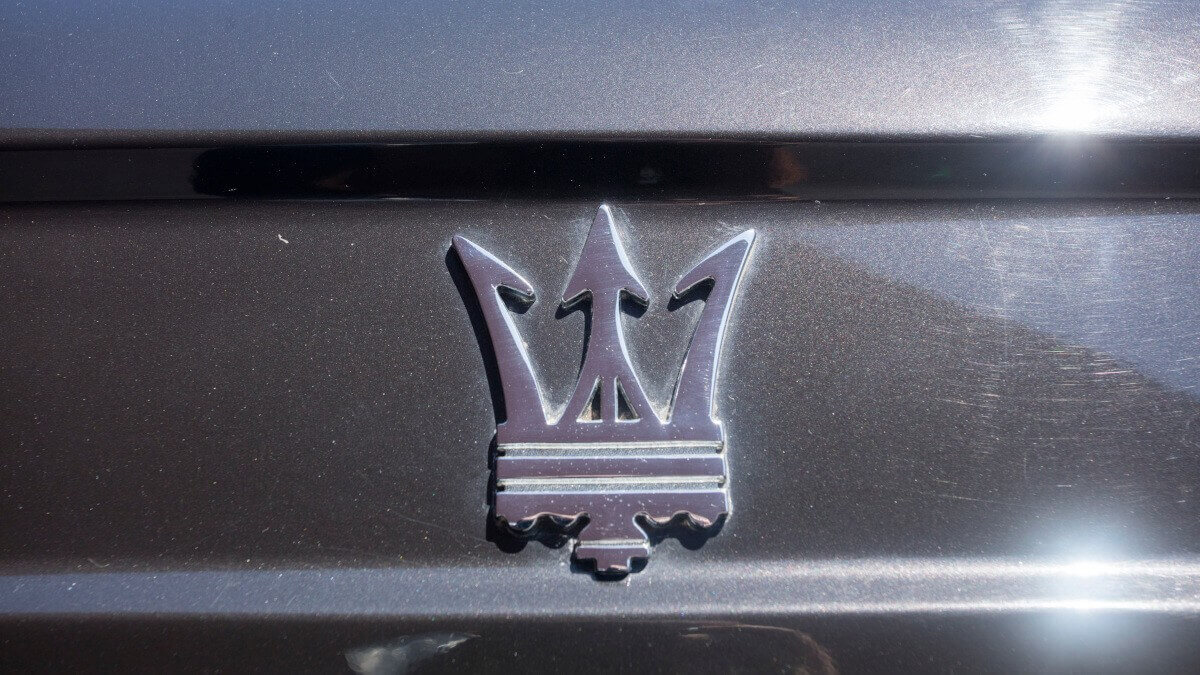



Instead of the V6 biturbo engine from the other models, the Shamal received a completely newly developed engine. It was also pressurized by two turbochargers, but a V8 with 3.2 liters of displacement, 90° cylinder banking, 32 valves and four camshafts. This developed a power output of 240 kW/326 hp, which are transmitted to the rear wheels via a manual six-speed gearbox from Getrag. Thanks to the curb weight of 1,417 kilograms, the car reached a topspeed of 270 kph (168 mph).
Until production ceased in 1996, exactly 369 copies were produced. Thus, the Shamal is not only the most powerful model of the Biturbo era under the management of Alejandro De Tomaso, but also a rare collector’s item. Today, these vehicles achieve sales prices of around 65,000 euros. The V8 biturbo engine could then be found in models such as the Quattroporte IV or the 3200 GT.
Images: Maserati, Bonhams




